
Plant
16:28, 15-May-2019
Plants & Nations: Germany
By Ding Qian

Located in north-central Europe, Germany has a wide variety of landscapes including forested hills in the west, steep mountains in the south and sandy plains in the north. Around 28,000 plant and fungi species exist in the country.
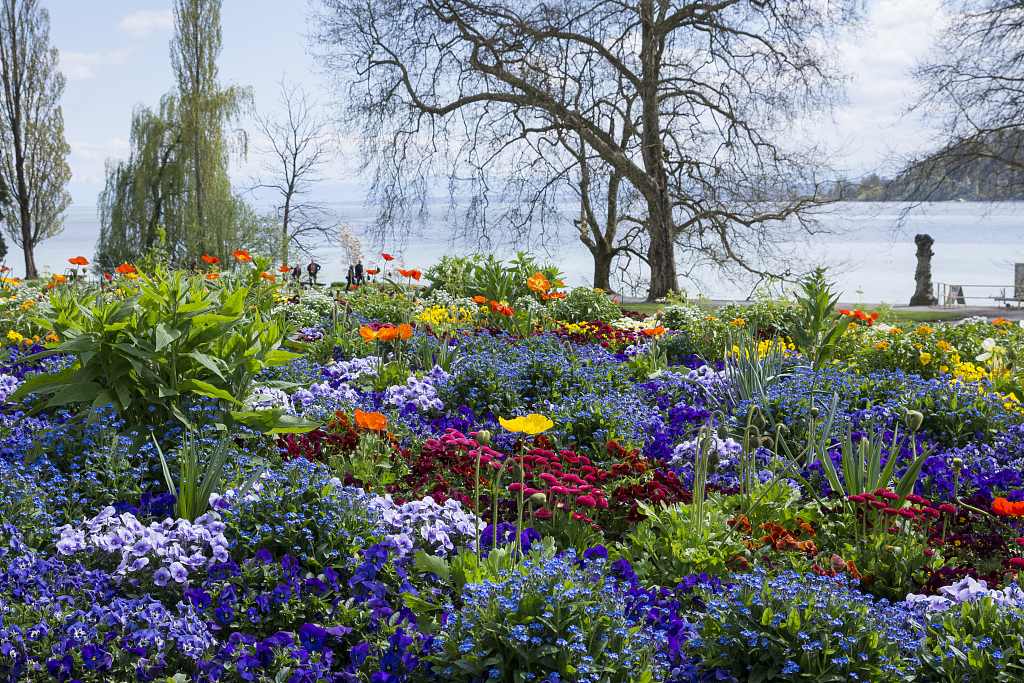
Germany's Mainau Island in Lake Constance. /VCG Photo
Germany's Mainau Island in Lake Constance. /VCG Photo
From the beginning of the year to mid-October, Germany's Mainau Island in Lake Constance is a sea of flowers. The flower island features numerous gardens, including an Italian rose garden, tulip beds, a dahlia garden, and a vast arboretum.
The magnificent flower displays are well known far and wide, attracting numerous visitors every year.
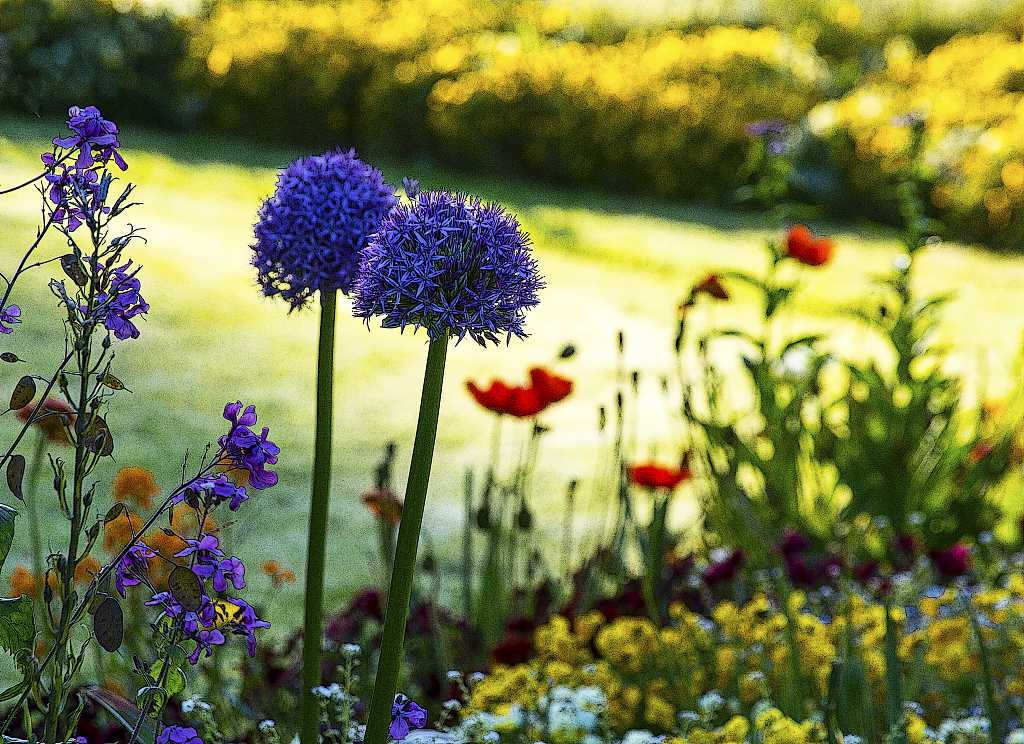
Germany's Mainau Island. /VCG Photo
Germany's Mainau Island. /VCG Photo
Here we introduce three popular plants in Germany.
Cornflower
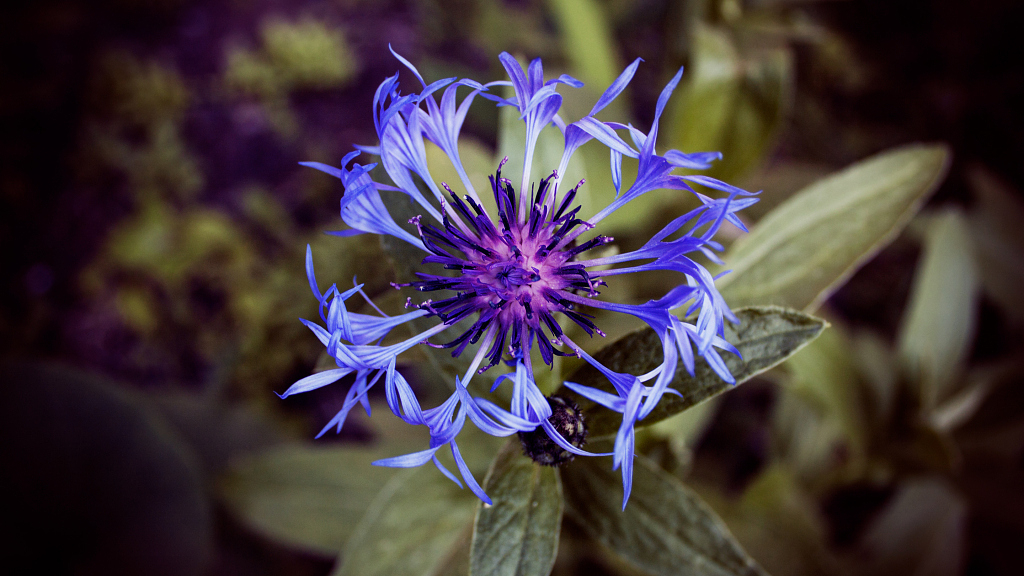
Cornflower. /VCG Photo
Cornflower. /VCG Photo
The beautiful blue-violet cornflower is the national flower of Germany. Due to its Prussian blue color, it became symbolic of the country in the 19th century.
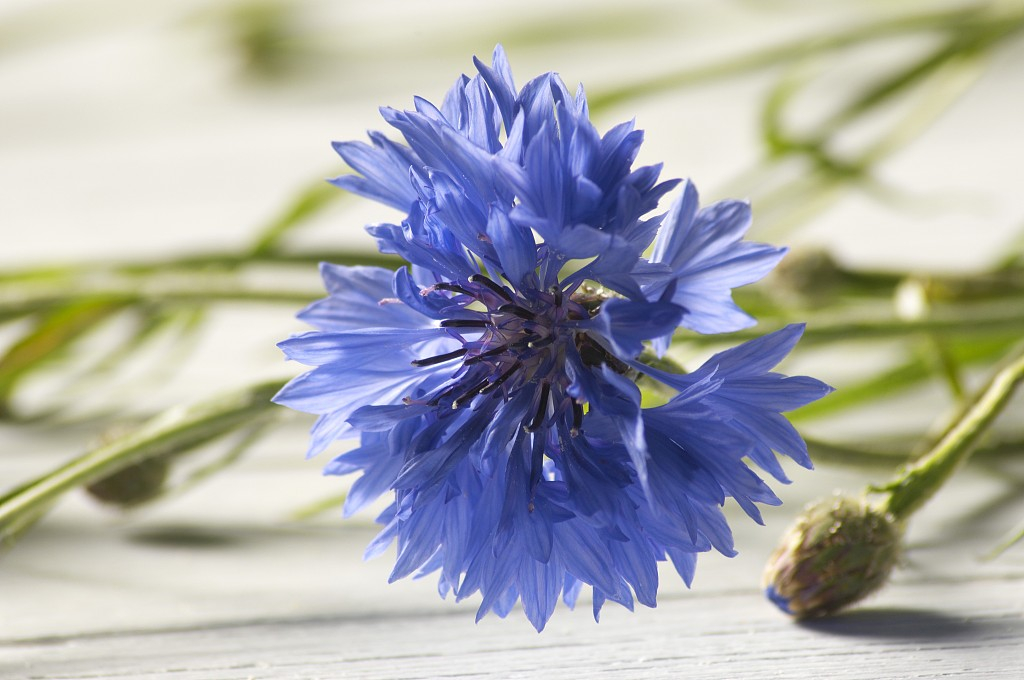
Cornflower. /VCG Photo
Cornflower. /VCG Photo
It used to grow like a weed in cornfields, hence its name. They are native to Europe but cultivated worldwide at present.
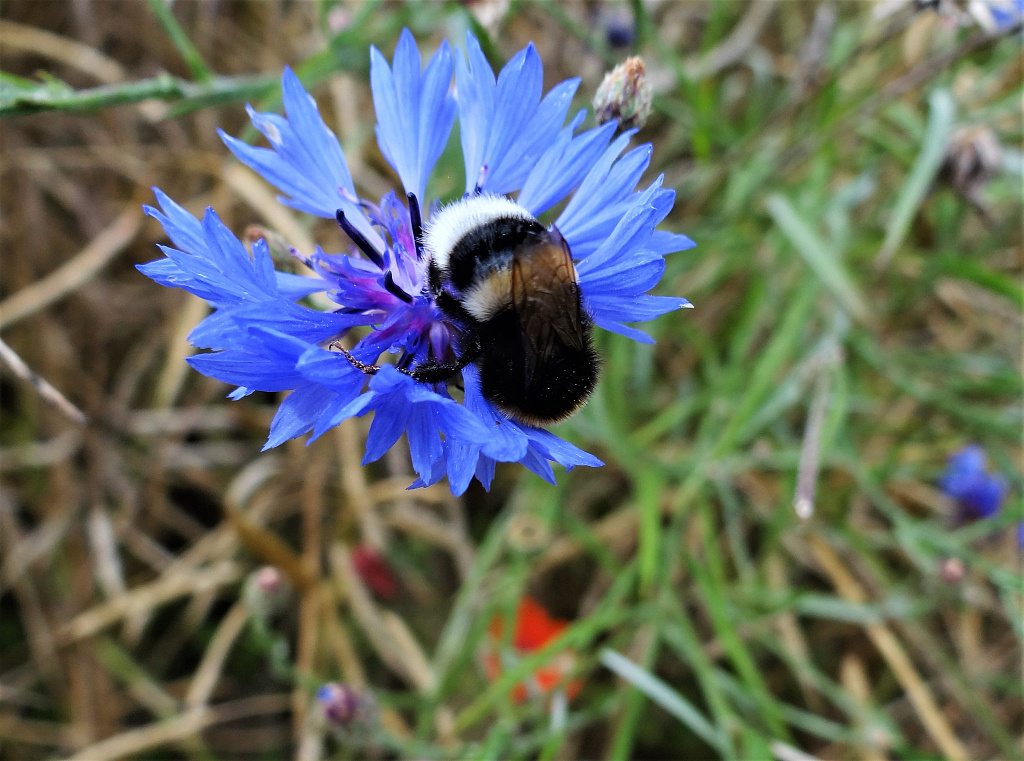
Cornflower. /VCG Photo
Cornflower. /VCG Photo
The flower is not only known for its beauty, but also for its health benefits. The edible flower can be used in cooking and herbal teas. The petals are also used to help ease eye strain.
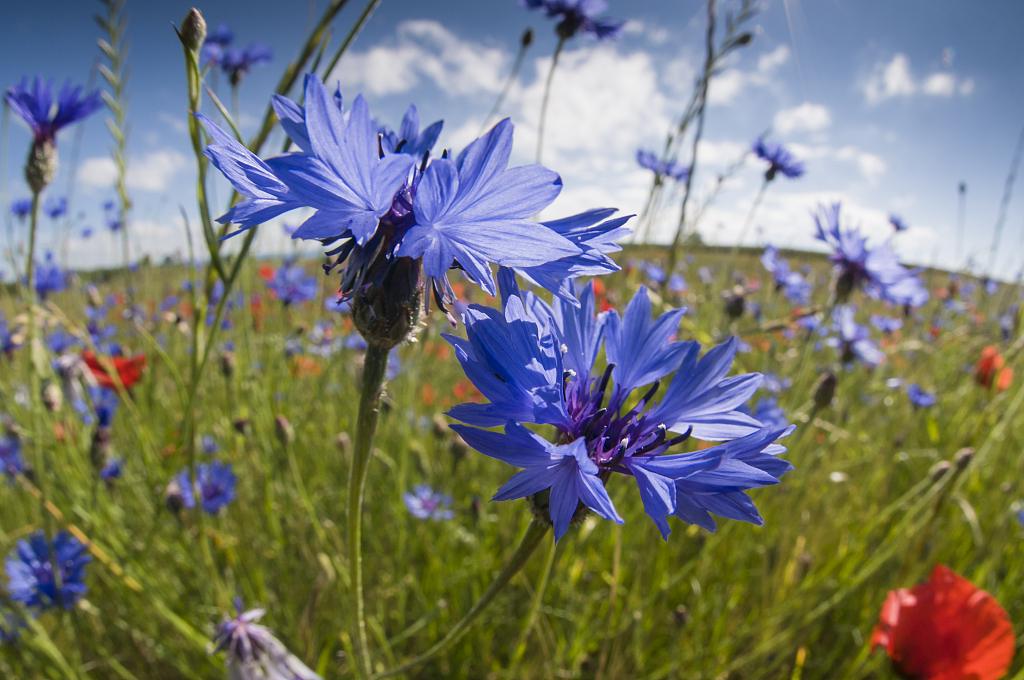
Cornflowers. /VCG Photo
Cornflowers. /VCG Photo
German Chamomile
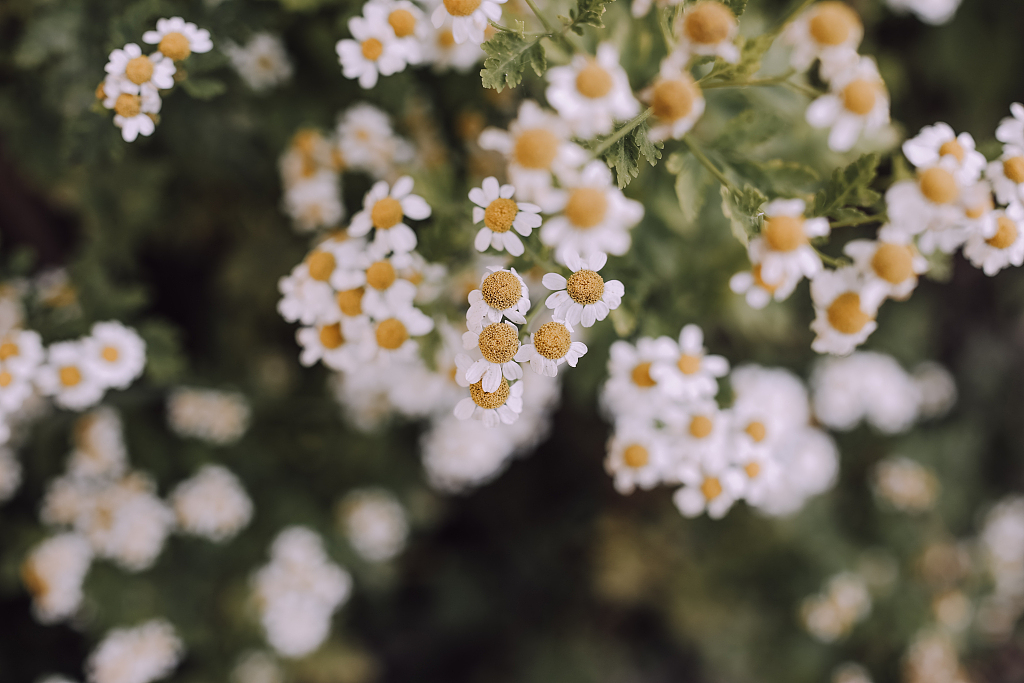
German Chamomile. /VCG Photo
German Chamomile. /VCG Photo
The word Chamomile originates from the Greek word which means "earth-apple," because the plant smells like an apple.
The seeds of chamomile need open soil to survive. The plant can be found in most parts of the world including Europe and Asia.

German Chamomile. /VCG Photo
German Chamomile. /VCG Photo
German Chamomile is commonly used as herbal medicine to cure sore stomach and throat. It's anti-inflammatory and can also be consumed to help sleep.
European Spruce
About one-third of the German territory is covered with woods, and one of the most common trees in the country is the European spruce, also known as Norway spruce. The evergreen coniferous tree is native to Northern, Central, and Eastern Europe.
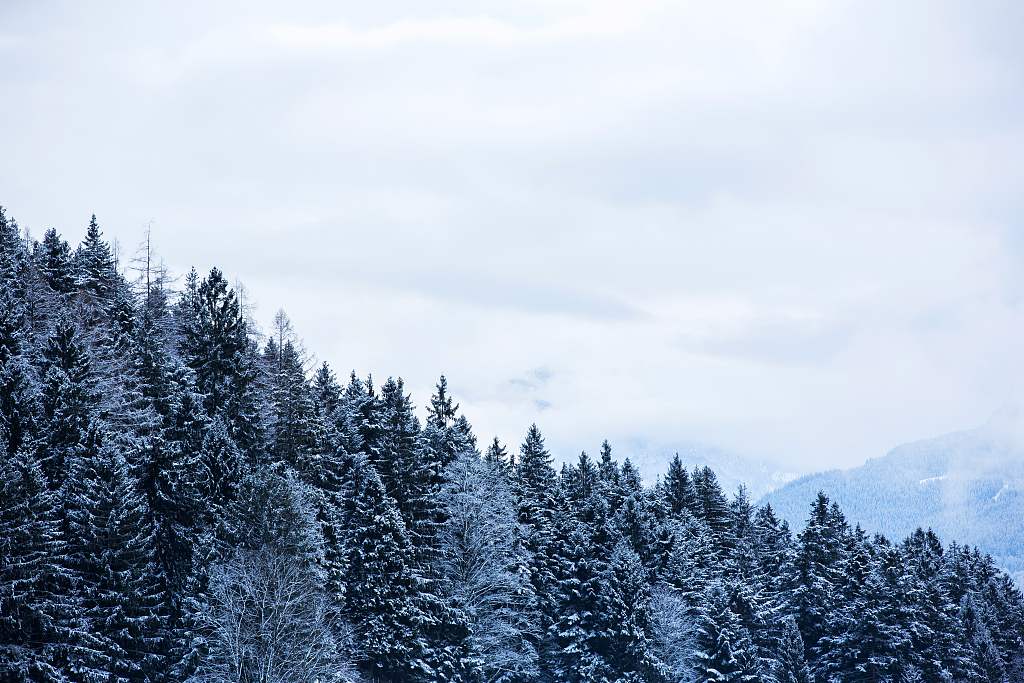
European spruces. /VCG Photo
European spruces. /VCG Photo
European spruces are commonly planted as ornamental trees in public areas and are one of the main sources for Christmas trees.
The shoot tips of the Norway spruce are used in natural medicines to treat health issues such as skin disorders, issues with the respiratory tract, and infections.
About 'Plants & Nations'
"Plants & Nations" is a series of articles and pictures about common plants in the world. It serves as a guide for beautiful plants from different countries.
For more:
(Top image via VCG)
(If you want to contribute and have specific expertise, please contact us at nature@cgtn.com.)

SITEMAP
Copyright © 2018 CGTN. Beijing ICP prepared NO.16065310-3
Copyright © 2018 CGTN. Beijing ICP prepared NO.16065310-3